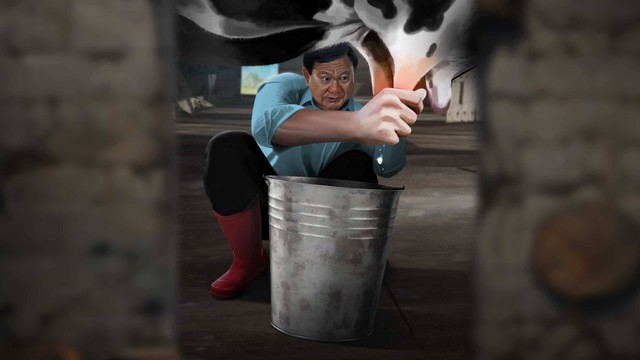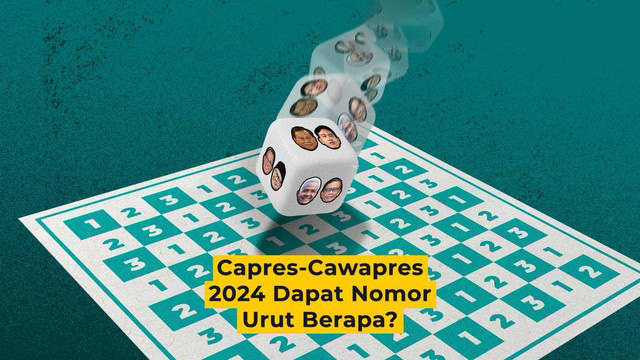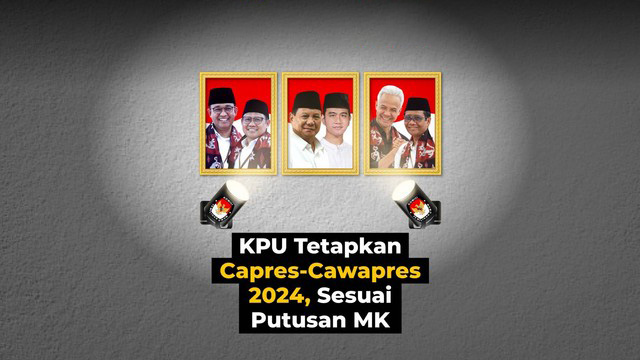The Power of Mythology in Modern Symbols and Games 25.10.2025
1. Introduction: The Evolving Role of Mythology in Contemporary Culture
Mythology has been a cornerstone of human culture for thousands of years, serving as a means to explain the natural world, human origins, and moral values. These ancient stories, rich with archetypes and lessons, form a universal language that continues to influence modern society. Today, the transition from traditional myths to contemporary symbols and entertainment reflects our ongoing fascination with these timeless narratives.
In the digital age, mythology’s role extends beyond oral storytelling to encompass branding, visual symbols, and interactive media. This article explores how mythological themes shape modern symbols and games, serving both educational and entertainment purposes, and how they evolve to engage diverse audiences.
Table of Contents
- The Fundamental Power of Mythology in Shaping Symbols and Narratives
- Mythology in Modern Games: A Reflection of Cultural Narratives
- Case Study: “Le Zeus” — A Modern Interpretation of Mythological Power
- Educational Dimensions of Mythology in Games and Symbols
- Innovative Features in Modern Mythology-based Games
- Beyond Entertainment: Mythology as a Tool for Cultural Education
- Non-Obvious Perspectives: Myth Subversion and Reinterpretation
- Future Trends in Mythology and Digital Entertainment
- Conclusion
2. The Fundamental Power of Mythology in Shaping Symbols and Narratives
a. Mythology as a universal language of archetypes and stories
Mythologies across cultures—Greek, Norse, Egyptian, and others—share archetypal characters and themes that resonate universally. These archetypes, such as the hero, the trickster, or the wise elder, create a common narrative framework. For example, the hero’s journey, identified by Joseph Campbell, underpins countless stories and modern media, fostering emotional connection and understanding.
b. How myths influence modern branding, logos, and cultural identities
Brands leverage mythological symbols to evoke specific values or emotions. The lightning bolt of Zeus, the owl of Athena, or the serpent of Asclepius all carry deep symbolic meanings. Companies incorporate such symbols into logos to convey strength, wisdom, or healing, thus embedding mythic resonance into everyday life. Similarly, national symbols often draw from mythic narratives to reinforce cultural identity.
c. The psychological impact of myth-inspired symbols on audiences
Research in psychology suggests that myth-inspired symbols can evoke subconscious associations, enhancing brand loyalty or emotional engagement. For instance, a logo featuring a mythological creature may subconsciously suggest power or protection, influencing consumer perceptions and behavior. This demonstrates the profound impact of mythology on collective psychology.
3. Mythology in Modern Games: A Reflection of Cultural Narratives
a. Role of mythological themes in game design and storytelling
Modern game developers frequently incorporate mythological themes to craft compelling narratives and immersive worlds. These themes provide a rich tapestry of characters, quests, and symbolism that resonate with players. For example, Greek gods, Norse legends, or Egyptian mythic creatures serve as central figures or antagonists, enriching the storylines.
b. Examples of myth-inspired game mechanics and aesthetics
Game mechanics often mirror mythological concepts. For instance, gods granting special powers, quests to retrieve divine artifacts, or mythic battles symbolizing moral conflicts. Aesthetic choices such as elaborate armor inspired by ancient art or environments resembling mythic realms enhance authenticity. Titles like “God of War” or “Assassin’s Creed Odyssey” demonstrate this integration effectively.
c. How games serve as modern myth-making platforms
Games today function as myth-making platforms, creating new narratives that reflect contemporary values while echoing ancient themes. They foster community engagement, collective storytelling, and cultural preservation. Players become part of a mythic universe, experiencing and shaping stories that may influence cultural perceptions.
4. Case Study: “Le Zeus” — A Modern Interpretation of Mythological Power
a. Overview of the game and its thematic connection to Greek mythology
“Le Zeus” exemplifies how modern games reinterpret mythological figures through contemporary lenses. Drawing inspiration from Greek mythology, it centers around the god Zeus, symbolizing authority and divine power. The game offers players an engaging experience rooted in mythic symbolism, yet presented in a playful and accessible style.
b. Artistic choices: Contrasting traditional epic depictions with playful styles
Unlike traditional epic portrayals featuring grandiose, serious depictions of gods, “Le Zeus” employs a colorful, cartoonish art style. This contrast subverts expectations, making mythic themes approachable for a broader audience. Such artistic choices demonstrate how myth can be reinterpreted to suit modern tastes, fostering engagement without losing symbolic depth.
c. How “Le Zeus” leverages mythological symbols to enhance player engagement
The game uses symbols like lightning bolts, laurel wreaths, and divine crowns to evoke Zeus’s power. Incorporating features such as “God Mode FeatureSpins™” and guaranteed Mystery symbols, it blends mythological storytelling with innovative mechanics, maintaining interest while subtly educating players about mythic themes. For more insights, some players ask, anyone else getting battered by Le Zeus?
5. Educational Dimensions of Mythology in Games and Symbols
a. Using games to teach mythological stories and cultural significance
Educational games leverage storytelling to introduce players to mythological narratives. Interactive elements, quizzes, and lore embedded within gameplay foster engagement and retention. For example, myth-based puzzle games can teach origins of gods, heroes, and cultural values.
b. The role of modern games in preserving and reinterpreting myths
Games act as repositories of mythic stories, ensuring their transmission to new generations. They also reinterpret myths, adapting themes to contemporary contexts, which encourages critical thinking about cultural evolution. This process keeps myths relevant and accessible.
c. The importance of accessible design in educational gaming experiences
Designing games with accessibility features—such as keyboard shortcuts, high-contrast visuals, and audio descriptions—broadens participation. This inclusivity ensures that mythological education reaches diverse audiences, enhancing cultural literacy globally.
6. Innovative Features in Modern Mythology-based Games: Enhancing Engagement and Accessibility
a. The impact of features like “God Mode FeatureSpins™” and guaranteed Mystery symbols
Innovative game mechanics, such as “God Mode FeatureSpins™,” introduce mythologically inspired power-ups that increase player engagement. Guaranteeing Mystery symbols ensures consistent opportunities for wins, mimicking divine intervention—an analogy to mythic narratives where gods influence mortal affairs.
b. How accessibility features (keyboard shortcuts, high-contrast visuals) broaden audience reach
Implementing accessibility features allows players with diverse needs to participate fully. Keyboard shortcuts facilitate easier control, while high-contrast visuals aid those with visual impairments. These adaptations embody the mythological principle of universal relevance, making stories accessible to all.
c. The balance between game mechanics and mythological storytelling
Successful myth-based games integrate mechanics that support storytelling rather than overshadow it. For instance, engaging features should enhance understanding of mythic themes, fostering both entertainment and education.
7. Beyond Entertainment: Mythology as a Tool for Cultural Education and Critical Thinking
a. Analyzing mythological themes to foster cultural understanding
Exploring mythologies within games or symbols can deepen appreciation for different cultures. Recognizing shared archetypes promotes empathy and cross-cultural dialogue, vital in our interconnected world.
b. Encouraging critical engagement with myth-based content in digital media
Encouraging players and audiences to question and analyze mythic narratives promotes critical thinking. For example, examining how modern reinterpretations challenge or reinforce traditional stories fosters a nuanced understanding of cultural evolution.
c. The role of educational institutions and developers in promoting mythological literacy
Schools and game developers can collaborate to produce content that combines entertainment with education, ensuring that mythological literacy remains relevant. Interactive experiences like virtual museums or myth-themed quests serve this purpose effectively.
8. Non-Obvious Perspectives: The Subversion and Reinterpretation of Myth in Modern Media
a. How modern symbols and games challenge traditional myth narratives
Contemporary media often subvert traditional myths to reflect modern values or critique their origins. For example, playful art styles or humorous reinterpretations, like “Le Zeus,” challenge the solemnity of classical depictions, prompting viewers to reconsider myth’s role today.
b. The influence of contemporary art styles and humor in myth reinterpretation
Modern artists and designers incorporate humor, satire, and innovative visuals to reframe mythological themes. This approach makes myths more approachable and relevant, encouraging critical engagement and creative reinterpretation.
c. Examples of myth subversion, including the playful art style of “Le Zeus”
“Le Zeus” exemplifies how myth can be reimagined with humor and modern aesthetics, transforming a revered deity into a playful character. Such reimaginations serve as cultural commentary, highlighting the evolving relationship between tradition and innovation.
9. Future Trends: The Continuing Evolution of Mythology in Digital Entertainment
a. Emerging technologies (AR, VR) and their potential for mythological storytelling
Augmented Reality (AR) and Virtual Reality (VR) offer immersive environments where mythological narratives can be experienced firsthand. Imagine exploring ancient temples or witnessing divine battles in 3D, deepening engagement and understanding.
b. The role of interactive and immersive experiences in myth education
Interactive media can transform passive storytelling into active participation. For instance, players might undertake quests as mythic heroes, making learning about cultures more memorable and impactful.
c. The importance of inclusive and accessible myth-based content for diverse audiences
Designing mythological content with inclusivity in mind ensures that cultural stories reach everyone. This involves multilingual options, adaptive interfaces, and culturally sensitive representations, fostering a global appreciation of myths.
10. Conclusion: Embracing Mythology’s Power in Shaping Cultural and Educational Narratives Today
Mythology remains a vital force in shaping modern symbols and entertainment, bridging the ancient and the contemporary. As digital media evolve, their ability to educate and entertain through mythic themes continues to grow. The playful yet profound reinterpretations, exemplified by titles like “Le Zeus,” showcase how ancient stories adapt to modern tastes—making them accessible, relevant, and engaging.
Encouraging responsible and creative use of mythological themes fosters cultural understanding and critical thinking. Whether through games, symbols, or educational initiatives, mythology’s enduring power lies in its capacity to resonate universally and inspire future generations.
“Mythology is not merely about the past; it is a living, evolving dialogue that shapes our cultural identity today.”


















